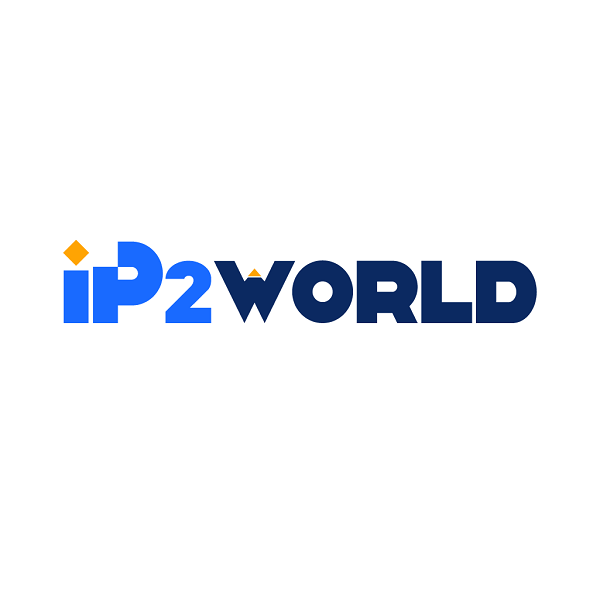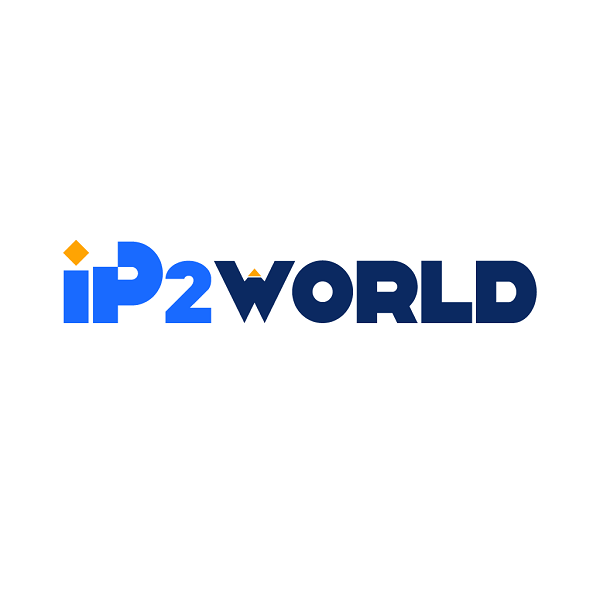Proxy IP is an indispensable tool in network operation, which can help users break through geographical restrictions, protect privacy and realize multi-account management. However, some users found that they could not use it normally after purchasing proxy IP, which seriously affected the realization of actual needs. This article will analyze the common reasons why proxy IP cannot be used, and provide effective solutions to help users complete configuration and operation smoothly.1. Common reasons why proxy IP cannot be usedWhen using proxy IP, you may encounter problems such as inability to connect, invalidation or limited use. These problems usually come from the following aspects:1. Proxy IP validity issues- IP has been blocked: Some proxy IPs may be blocked by the target server due to abuse or being marked as suspicious behavior, resulting in inaccessibility.- IP invalidation: Some dynamic IPs will expire after allocation. If they are not replaced in time, they may not be available.2. Configuration error- Incomplete setup steps: The proxy IP address and port number are not correctly entered in the browser or software, resulting in inability to connect.- Protocol type selection error: Failure to select protocols such as HTTP, HTTPS or SOCKS as required may affect normal access.3. Network environment restrictions- Local network firewall restrictions: Some network environments (such as corporate intranets) have restrictions on proxy connections and may directly block proxy requests.- Target website anti-proxy detection: Some websites are equipped with a high-intensity anti-proxy mechanism, which will directly deny access after detecting the proxy IP.4. Service provider issues- Insufficient service provider stability: Some proxy service providers provide unstable server connections, resulting in frequent disconnections.- Insufficient allocated resources: Insufficient proxy IP resources or high repetition rate, affecting normal user use.5. Improper user operation- Frequent IP switching: Too frequent IP switching can easily trigger the security detection of the target website, resulting in blocking.- Ignore authentication information: Some advanced proxies require username and password authentication, and may not be connected if not filled in correctly.2. Solutions to solve the problem of proxy IP unusabilityAfter confirming the problem, you can take corresponding measures based on the specific reasons to restore the normal use of the proxy IP.1. Check the validity of the proxy IP- Change IP: Contact the service provider to replace the expired or banned IP resources. It is recommended to choose IP2world, which has stable resources and a wide coverage, and can quickly provide replacement services.- Verify IP status: Use an online IP detection tool to check the availability of the proxy IP and ensure that it responds normally.2. Configure proxy settings correctly- Check settings carefully: Recheck whether the proxy IP address, port number, and protocol type are entered correctly.- Adjust protocol according to needs: For different usage scenarios, choose the appropriate protocol type (HTTP for general web access, SOCKS for more diverse applications).3. Optimize network environment- Turn off firewall restrictions: If the local network firewall blocks the proxy connection, you can try to temporarily turn off the firewall or put the proxy IP in the allowed list.- Use high-quality service providers: Proxy IPs provided by high-quality service providers such as IP2world are less affected by anti-proxy detection.4. Choose a reliable service provider- Stability test: Choose a service provider with a good reputation and sufficient resources to avoid connection failures due to insufficient resources.- IP update frequency: High-quality service providers usually support high-frequency IP updates to ensure that users can obtain available resources at any time. IP2world not only provides a rich IP address pool, but also provides real-time support according to user needs.5. Avoid illegal operations- Control switching frequency: Reduce the frequency of IP switching, try to maintain the stability of access behavior, and avoid being blocked by the target website.- Fill in authentication information correctly: If you use a high-level proxy that requires authentication, make sure that the username and password are filled in correctly.3. Reasons for choosing IP2worldIn the process of using proxy IP, the quality of the service provider directly determines the user experience. As an industry-leading IP proxy service provider, IP2world has the following significant advantages:1. Stable and reliable resources: Provide high-quality IP addresses covering the world to ensure the stability and efficiency of user connections.2. Flexible configuration options: Support multiple protocol types to meet the needs of different scenarios.3. High-quality after-sales support: Professional team provides technical support to quickly solve problems encountered by users.4. User-friendly platform: The operation interface is simple and intuitive, and the steps for configuring the proxy are clear and easy to understand.Through IP2world, users can easily avoid the unusable proxy IP due to service provider problems and enjoy a better service experience.4. Suggestions for preventing proxy IP usage problemsIn order to reduce the probability of problems in the use of proxy IP, it is recommended to take the following preventive measures:- Choose a regular service provider: Avoid choosing unreliable proxy services due to low prices, and give priority to industry leaders such as IP2world.- Change IP regularly: If the same IP is used for a long time, it may be identified and blocked by some target servers. It is recommended to change it regularly.- Be familiar with the usage scenario: Choose the appropriate proxy type and protocol according to needs to avoid unnecessary waste of resources.- Comply with network rules: Use proxy IP reasonably and legally to avoid touching the behavior restrictions of the target website.5. SummaryThe situation where the proxy IP cannot be used after purchase is usually caused by a variety of reasons, including IP resource problems, configuration errors, network environment restrictions, etc. For these problems, users can quickly solve them by optimizing settings, contacting service providers, changing IP resources, etc. Choosing a reliable proxy service provider like IP2world can not only effectively avoid problems, but also enjoy high-quality technical support during use.Reasonable use of proxy IP can provide users with a more flexible and efficient network experience. In future network operations, with the help of IP2world's professional services, users can more easily solve proxy IP-related problems and achieve more stable access effects.
2024-12-12





